According to market research, 61% of millennial consumers believe they can make a difference in the world through their choices, as opposed to less than half of baby-boomers. In the last decade, this idea has led to an overhaul in the way consumers make decisions. When it comes to supporting brands, we want more than just an efficient product; we also want to know about the people behind the company, their backstories, values, and goals.
For commercial photography, in particular, this has been a watershed moment. “I think consumers are more savvy these days,” Paul Friesen, Director of Content at 500px, tells us. “In the same way that consumers are skeptical of certain advertising methods, exaggerated images and overused visuals often miss the mark because they tend to feel forced. We crave authenticity.”
“Authenticity” has been a major buzzword in recent years, but it’s more than just a trend. In a world where everything seems impersonal and mass-produced, sincere pictures of real people remind us of what matters. As we become increasingly aware of how our purchases affect the planet and our local communities, authentic images in advertising can help break stereotypes, promote sustainability, and shatter the status quo.
Here are ten behind-the-scenes tricks for capturing real, relatable moments.
Conduct an in-person interview or email out a questionnaire before working with new models.
Preparation is the key to success.
Lifestyle photography is about spontaneous, unplanned moments, but that doesn’t mean you can “wing it” on the day of the shoot. Assuming you’re working with a real family or group of friends, get to know them first. Learn about their interests, and think about ways to incorporate some of them into the shoot. If you’re photographing a couple, play their wedding song. If a kid’s going through a superhero phase, bring a cool costume and mask to play with.
Prepare a story or mood board to share with your team and models. Include photos from shoots you admire and other visual aids to convey exactly what you want.
Getting to know your models is a big part of the preparation process, but they also have to get to know you and your vision. Once you decide on the theme and the overall story, let everyone know what kind of atmosphere you want to capture. Give them plenty of reference points so they can get their imagination working prior to the shoot, and send off a quick schedule so they know exactly what to expect when they arrive.
Ask your models where they like to hang out.
When you get right down to it, the setting matters, but it’s not nearly as important as the people. You’ll have final say over the location, but it helps to consult your subjects first. A location where they can feel comfortable and carefree is always better than a new and unfamiliar one, no matter how spectacular it might be. If a family has chosen their house as the location, remind them not to clean or stage the home too much. Tidying up and organizing things is fine, but for the most part, the house should look like it does in their normal, everyday lives.
Keep your gear simple and stick to natural light.
When working with new models, try using your camera phone at the beginning of a shoot. It’s much less intimidating than a DSLR, especially with kids, and this quick exercise can help people get comfortable in the spotlight. You don’t have to use or publish these phone photos, of course, but they can be a good “warm-up” leading into a longer session.
Browse your subjects’ closets and home for pieces to use during the shoot.
You know what clothes look good on camera, but your models know what clothes feel comfortable to them. You don’t want anything that’ll constrict their movements or make them feel self-conscious. The same holds true for props. For authentic photos, choose objects they interact with every day and know how to use. Build a collection of wardrobe and props to bring with you on set, but take your subjects’ personal style into account and start with what they already have.
Continue shooting and stay upbeat, even if you aren’t getting the shots you want.
Sincere emotion is at the heart of lifestyle photography, and it starts behind the lens. If you enjoy the shoot, your subjects will too. Choose locations and activities that inspire you and share your enthusiasm with your team. Instead of telling others to relax and “be themselves,” lead by example. Let your personality be their guide.
Keep the atmosphere on set casual and light by telling jokes or asking your models about how they met. If you’re working with kids, pack some bubbles or toys in your camera bag to keep them from getting bored. Those authentic, unpredictable moments might not happen right off-the-bat, but they will come eventually if you keep the momentum going.
Pose your directions as questions rather than commands.
Even the most seasoned models need guidance and encouragement, but that doesn’t mean you have to set up specific poses. Theater directors don’t tell their actors exactly how to say their lines, and a similar rule holds for lifestyle photographers. Give your subjects prompts or exercises, but don’t tell them exactly what to do. Instead of, “Move your head to the right and smile,” try, “What’s the last thing that really made you laugh?” Leave room for interpretation and self-expression.
Get all your “hero” shots first.
Try to tick off everything on your shot list early on in the shoot, and then give your models a good chunk of time to experiment and play around with different poses and activities. Tell them that you’ve already captured the shots you need and now it’s time to just have fun. For kids, games like “tag” or “Simon says” can help get them out of the “posing” rut. You’ll have to be quick to capture mid-motion shots, but you’ll get more natural gestures and expressions.
Move around!
Throughout the shoot, change your vantage point by getting up on your tiptoes and kneeling on the ground. Take wide shots that show the environment, and then get up-close to hone in on the details.
Because lifestyle photography sits somewhere between formal portraiture and straight documentary, there are no clear-cut “rules.” Even if you’ve done a thousand sessions before, leave your expectations of what a lifestyle photoshoot “should” look like at the door.
Look for inspiration in everyday life.
Get fresh ideas from popular ad campaigns and editorials, but remember to study what kinds of photographs resonate with people outside of the industry. Paul from 500px explains, “More and more, people are influenced by friends and family members they follow on social media than they are by brands or celebrity influencers.” Those family snapshots you see on Instagram and Facebook might lack the polished quality of glossy magazines, but they are authentic. Take notes, and incorporate some of these unstaged, real-life moments into your professional shoots.
Click here to learn more about Licensing with 500px.


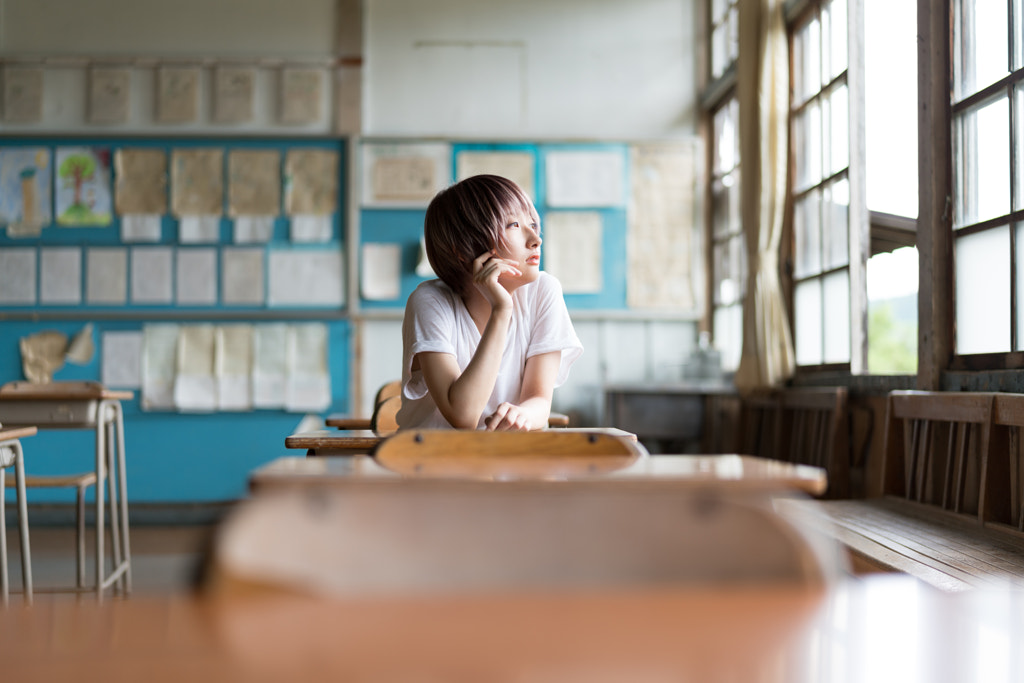

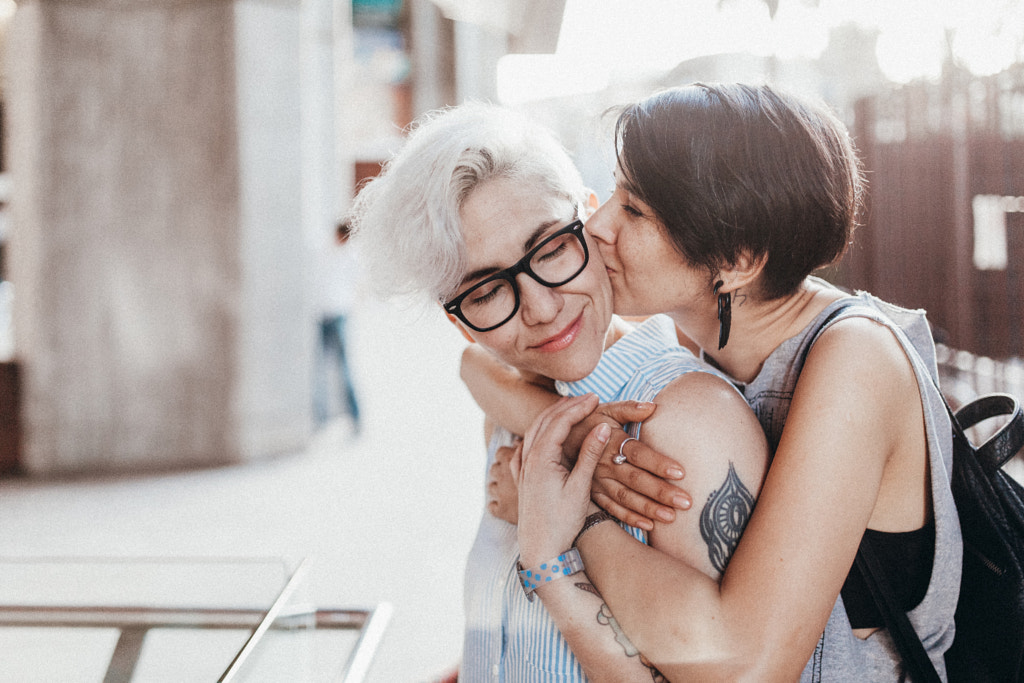
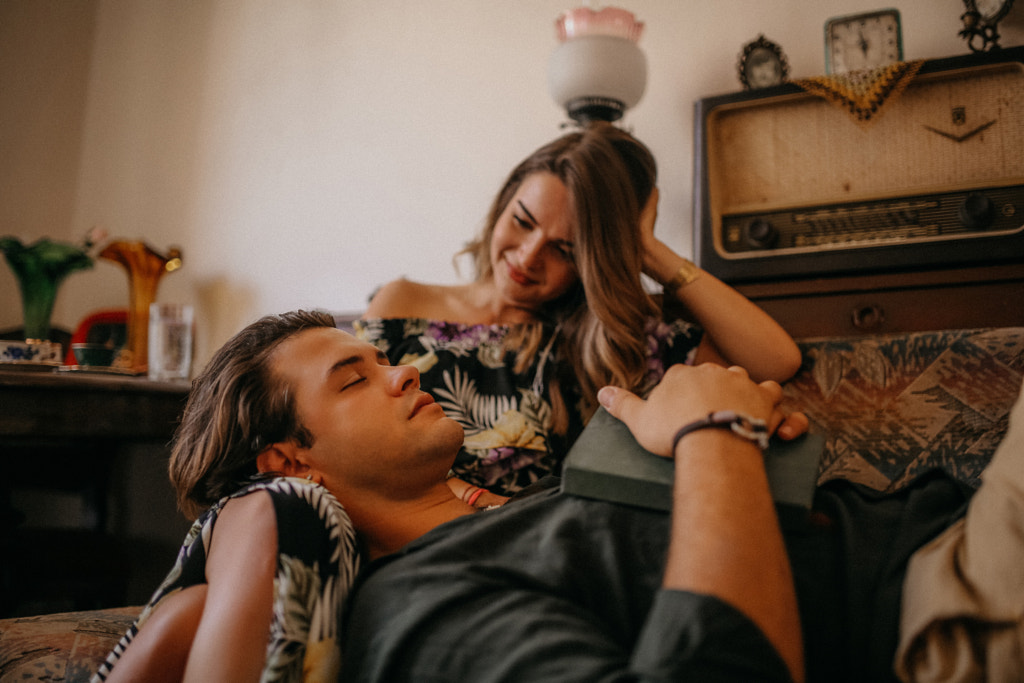
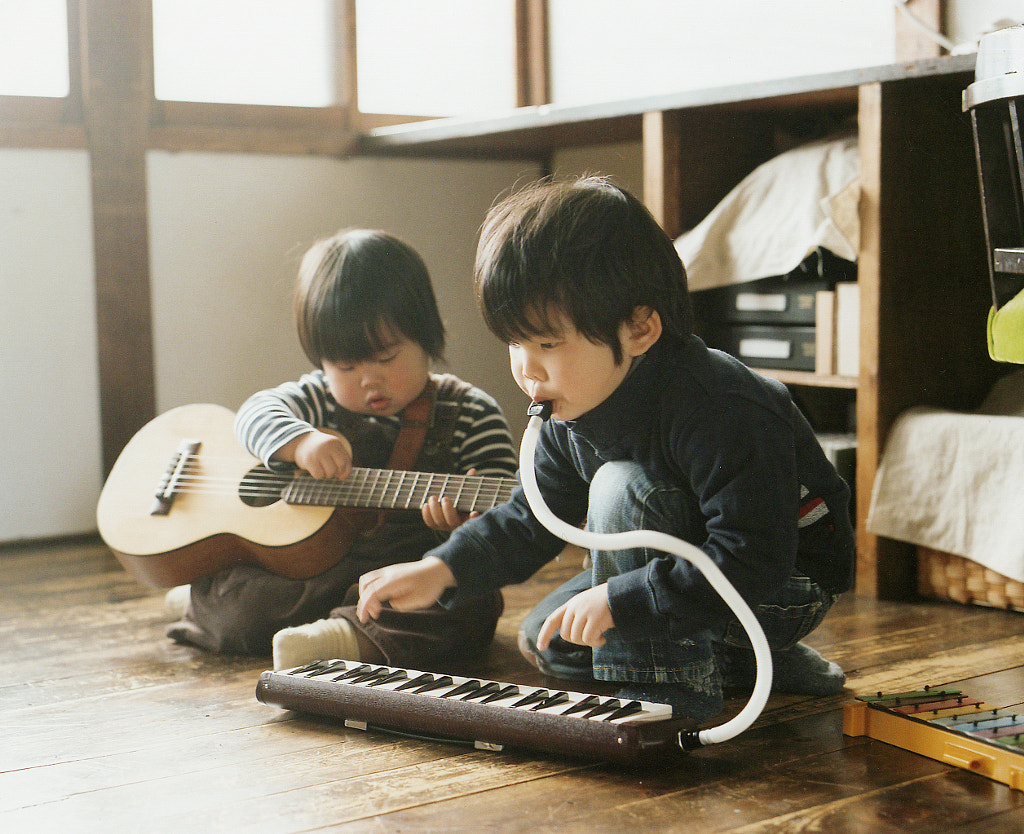
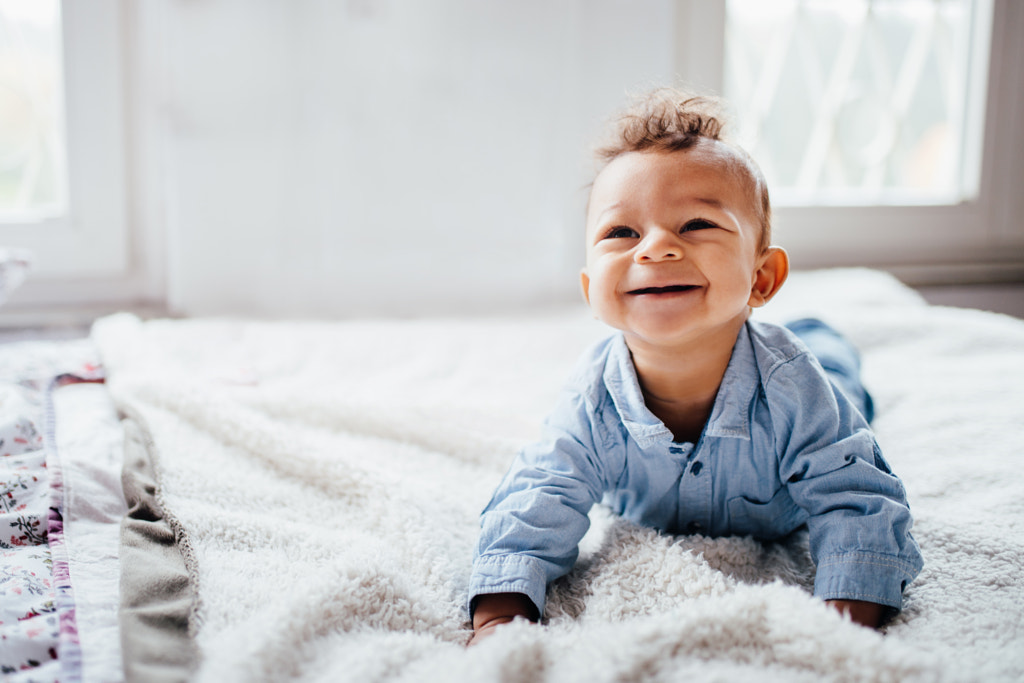
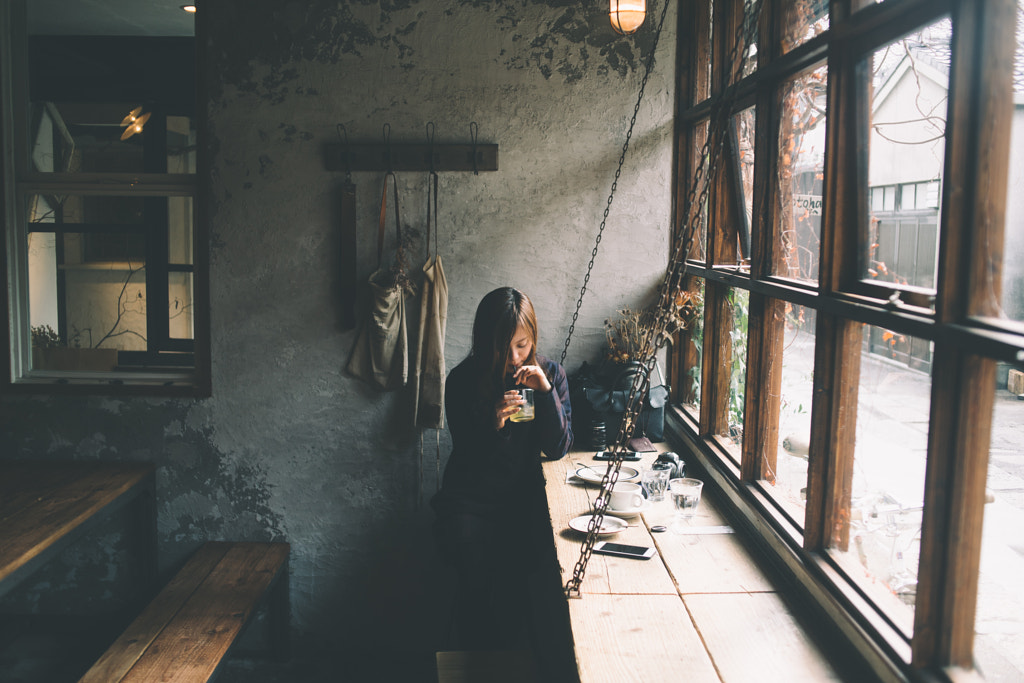
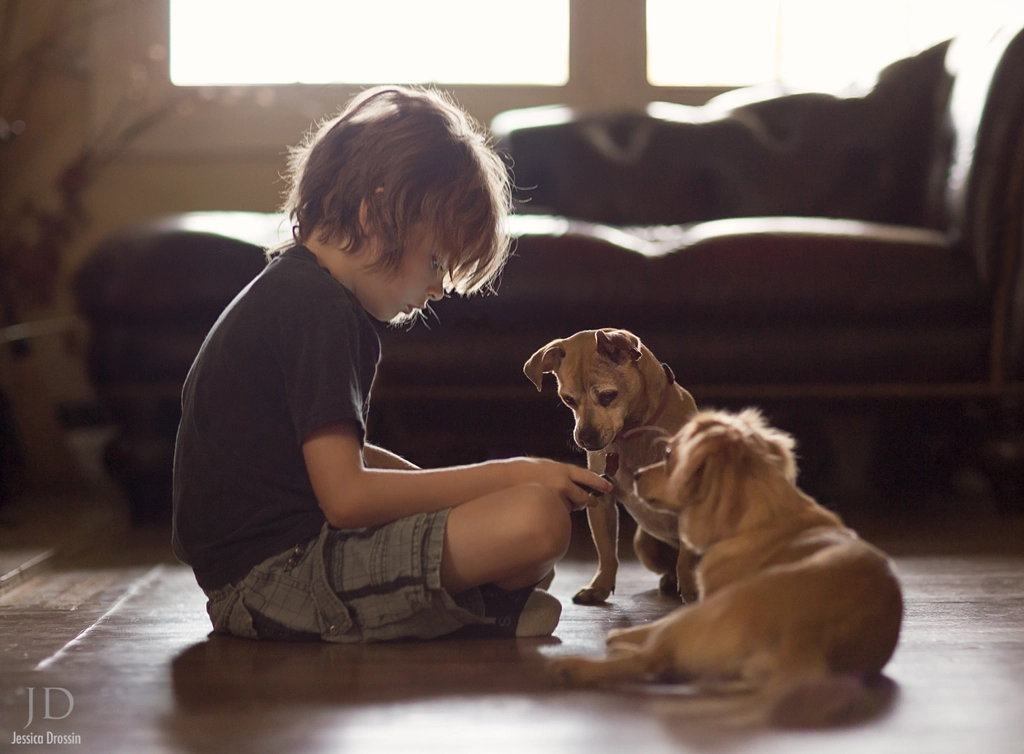


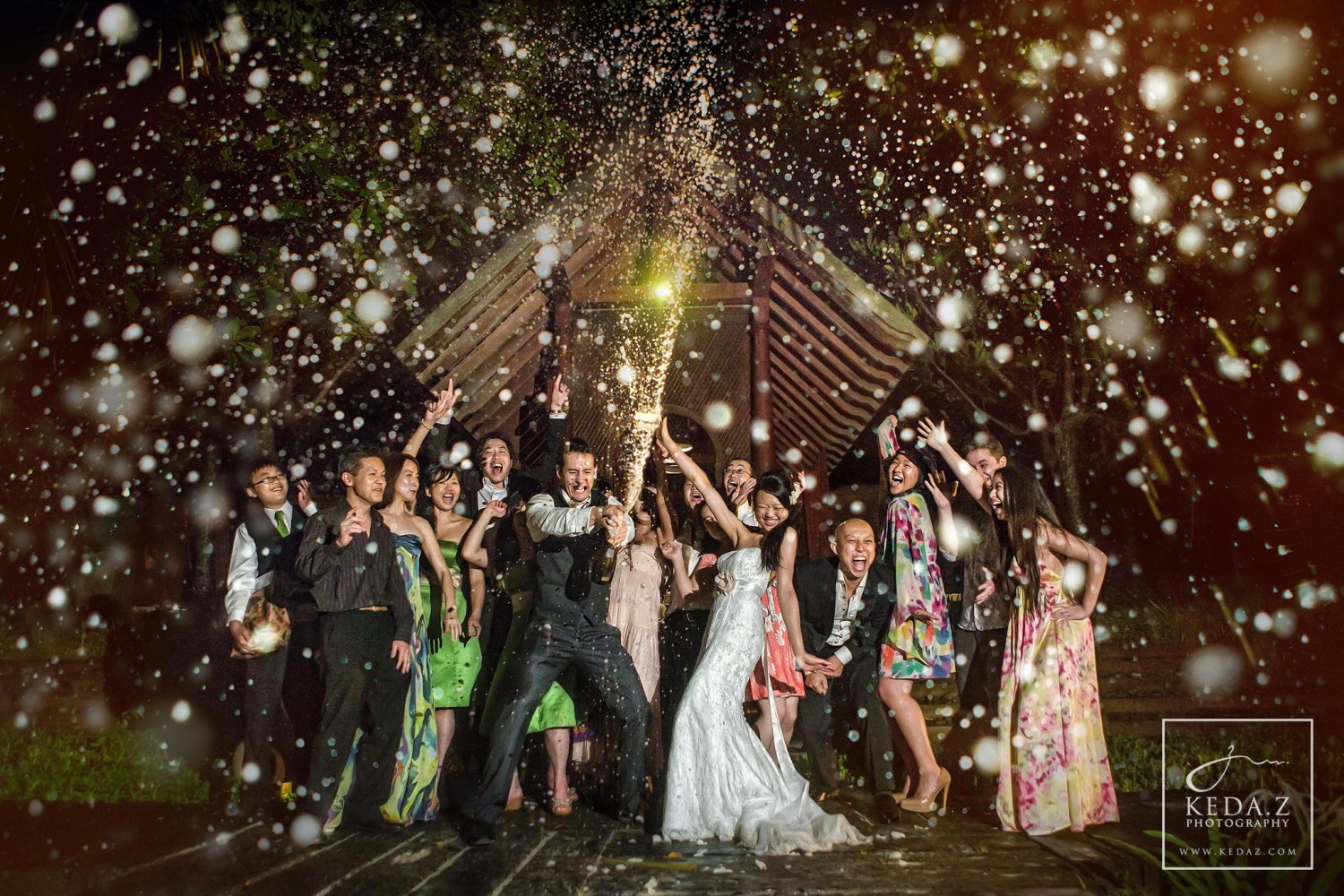
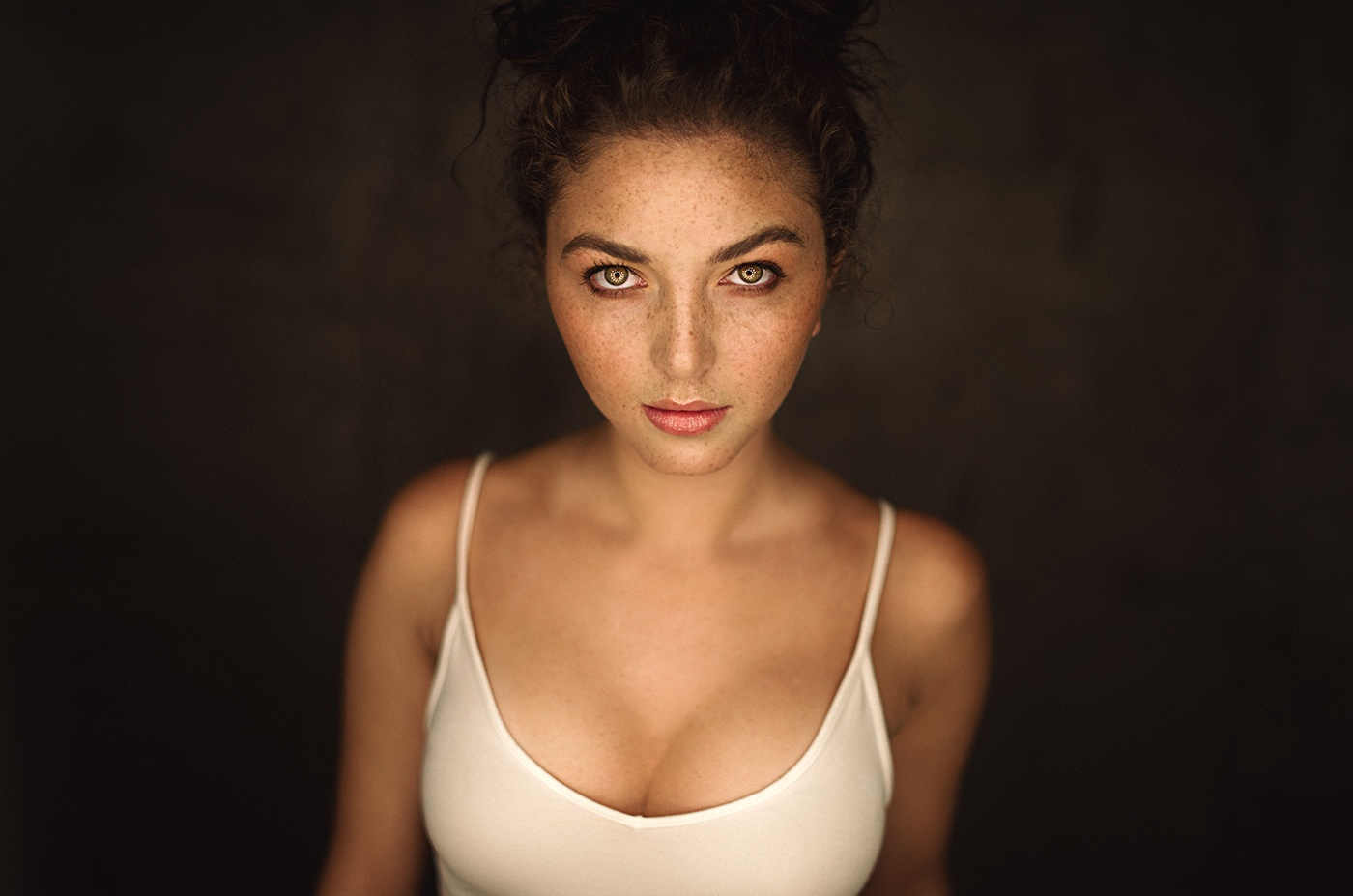


Leave a reply